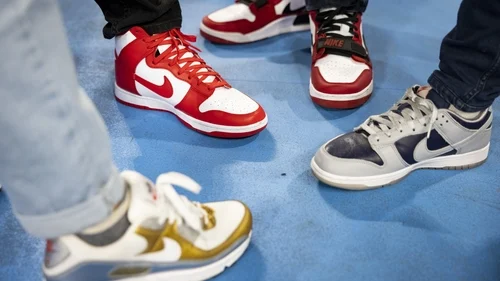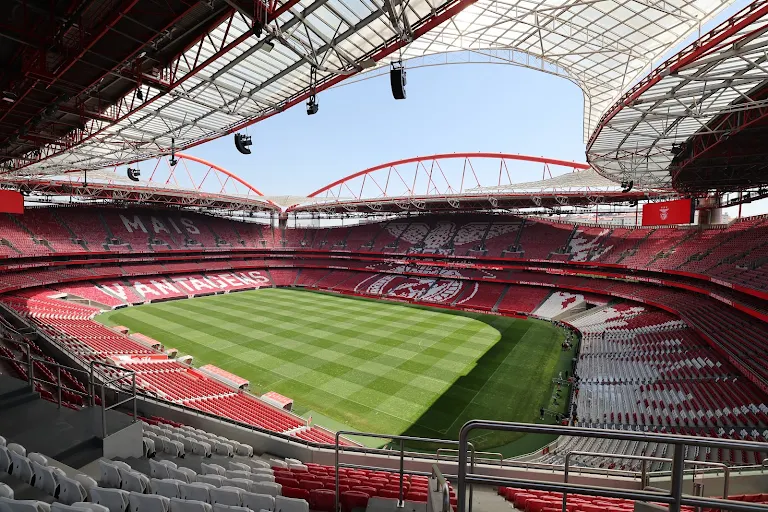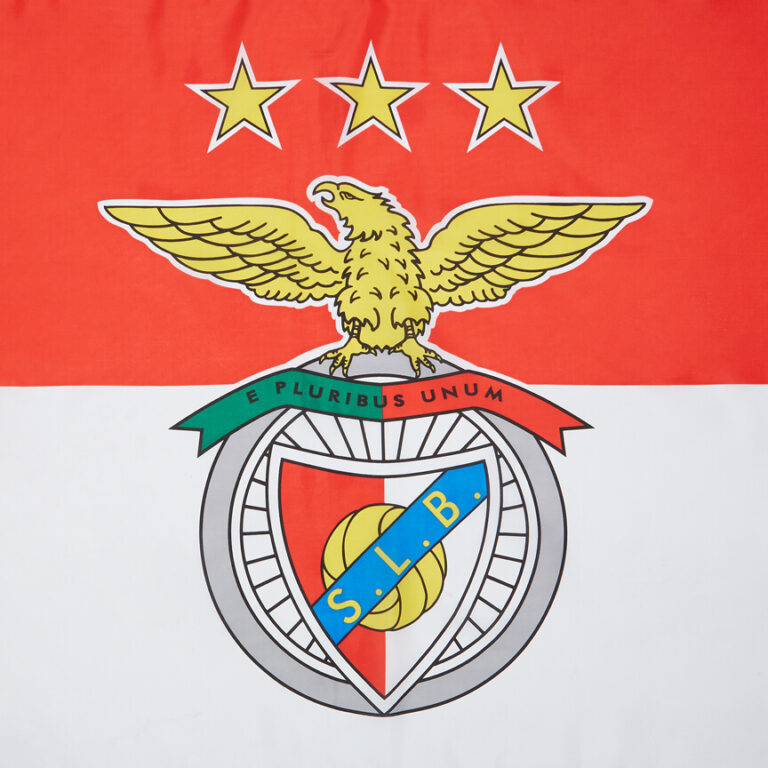
Adidas and Puma are poised to follow Nike in raising prices on their products in the United States, as the impact of escalating U.S. import tariffs increasingly strains the sportswear industry. This development comes after Nike announced a price increase effective June 1, 2025, targeting footwear priced above $150, while maintaining stable prices for lower-priced items. The move by Nike marks a significant shift in the market and signals that other major players like Adidas and Puma may soon adjust their pricing strategies to counteract rising costs.
The tariffs imposed by the U.S. government have created a challenging environment for manufacturers and retailers alike. A blanket 10% tariff on imports, coupled with even higher rates on certain Chinese goods, has disrupted traditional supply chains. Additionally, countries like Vietnam, which serve as vital production hubs for many brands, face tariffs that could reach as high as 46% starting in July. These measures have pushed companies to rethink their sourcing and pricing models in order to maintain profitability.
Adidas, benefiting from strong demand for popular sneaker models such as the Samba and Gazelle, appears to be in a favorable position to implement price hikes without significantly dampening consumer interest. Analysts suggest that Adidas’s robust sales momentum in the U.S. market provides the brand with some leverage to absorb tariff-related cost increases while passing a portion of those costs on to customers. However, Adidas will still need to balance price increases carefully to avoid alienating budget-conscious consumers.
In contrast, Puma is facing a more complicated situation. The brand’s slower sales growth and reduced momentum in the U.S. market make any price increases riskier. Puma’s management is likely evaluating how to navigate these tariff pressures without hurting its market share. Industry observers expect Puma to follow Nike’s and Adidas’s lead eventually, but possibly with more cautious and gradual adjustments.
The broader market environment is also presenting additional hurdles. Consumer sentiment remains fragile amid rising inflation expectations and economic uncertainties. Many shoppers are becoming increasingly selective about discretionary spending, forcing brands to carefully manage their inventory levels and pricing strategies. Retailers are thus caught between rising costs due to tariffs and a customer base sensitive to price hikes.
Nike’s pricing strategy goes hand in hand with other significant business moves. The company recently decided to resume selling its products directly through Amazon, reversing a 2019 strategy that had focused exclusively on its own direct-to-consumer channels. This pivot comes amid notable declines in Nike’s online sales across several regions, including a 25% drop in the Middle East and a 20% decrease in Greater China. The move to Amazon is seen as an effort to regain lost market share and reach a broader audience through a well-established e-commerce platform.
Beyond the U.S. market, premium brands such as Switzerland-based On are also planning price increases. However, these adjustments are framed more as part of long-term strategic positioning rather than direct reactions to tariffs. This suggests that while tariffs are a significant factor, other industry dynamics—like brand value and consumer perception—continue to influence pricing decisions.
Overall, the rising U.S. tariffs on imports have triggered a ripple effect across the sportswear industry, compelling major players to reassess their pricing and distribution strategies. Nike’s initial price hikes have set a precedent that Adidas and Puma are expected to follow, albeit with varying degrees of confidence based on their respective market positions. The evolving tariff landscape, combined with shifting consumer behaviors, ensures that the sportswear sector will continue to face significant challenges in balancing cost pressures with demand.




